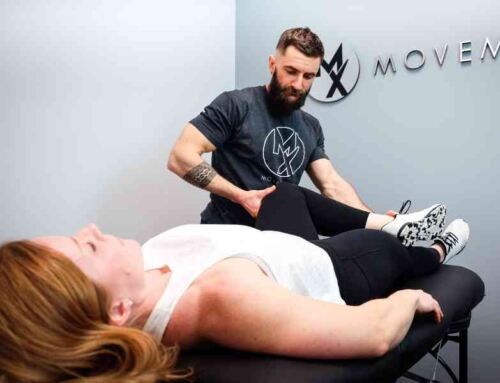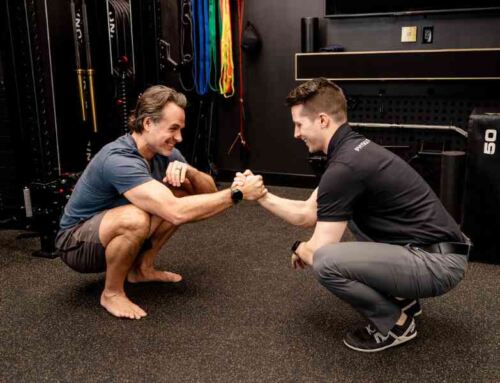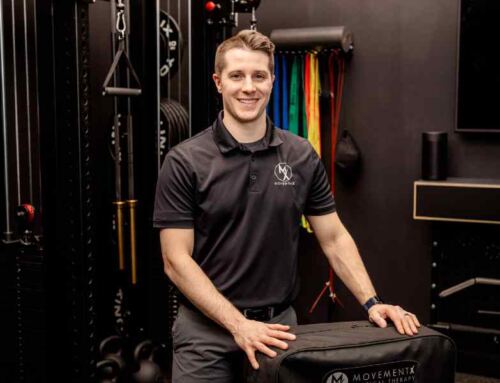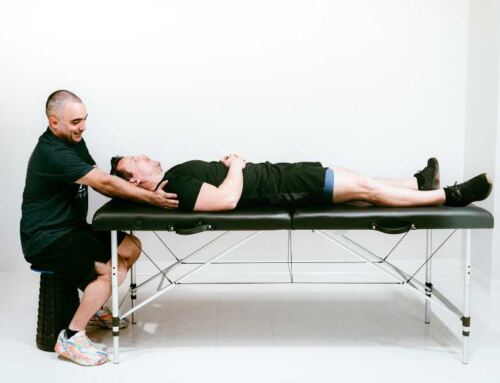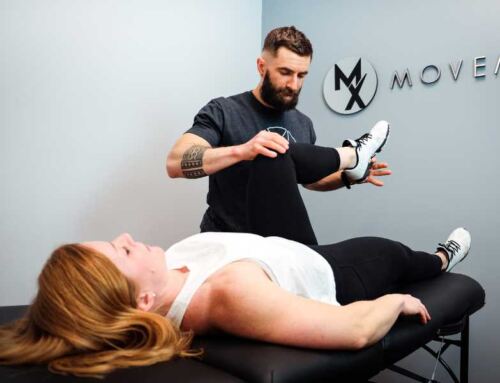The Do’s and Don’ts of Post-Surgical Rehabilitation
Operation recovery and post-surgical rehabilitation can be a challenging and overwhelming process for many. After an operation, professional physical therapy and working with a physical trainer can help improve movement, modulate pain, and boost recovery.
Learn more about post-surgery rehabilitation and follow these do’s and don’ts to support your recovery and help you get the most out of your physical therapy.
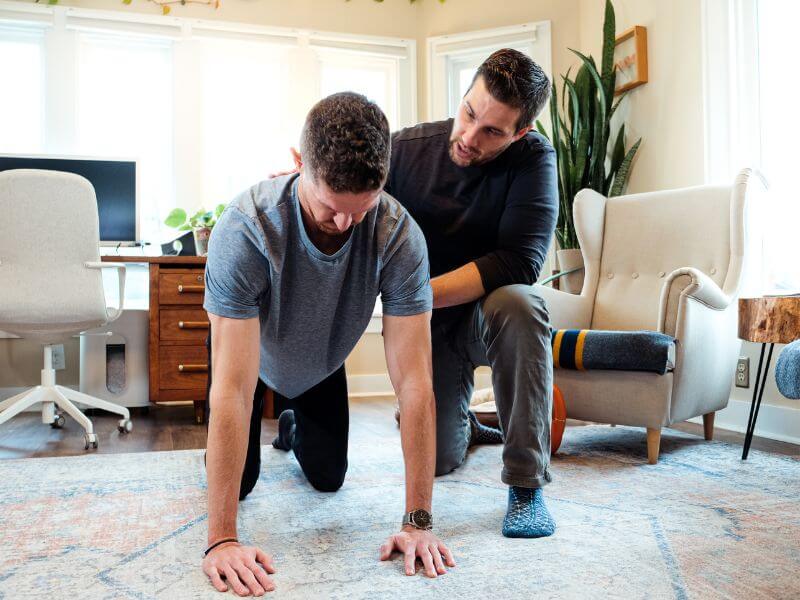
Operation Recovery Do’s and Don’ts
Here are a few do’s and don’ts follow post-surgery that will help you recover faster and get back to moving better—because every body deserves to move.
Do Use Ice and Heat
Within the first few days after surgery, ice can be extremely beneficial for reducing inflammation and easing pain at home. Once the initial swelling has decreased, alternating between ice and heat helps to relax sore muscles and alleviate pain.
Do Eat Healthy
Eating a healthy diet full of fruits, vegetables, whole grains, and plenty of protein supports your body with the necessary nutrients while also avoiding weight gain, which is important for patients post-knee surgery.
Additionally, make sure to talk with your doctor about any vitamins or supplements that can aid your recovery; vitamin D ensures proper calcium absorption, and iron can help replenish blood count.
Do Take Your Recovery Seriously
It can be challenging to force yourself out of bed to do exercises that are challenging, but performing the strength and conditioning exercises your physical trainer or therapist prescribes is crucial for your recovery.
Make sure you are attending all of your follow-up appointments with your surgeons, doctors, and physical therapists and that you’re taking all medications as directed.
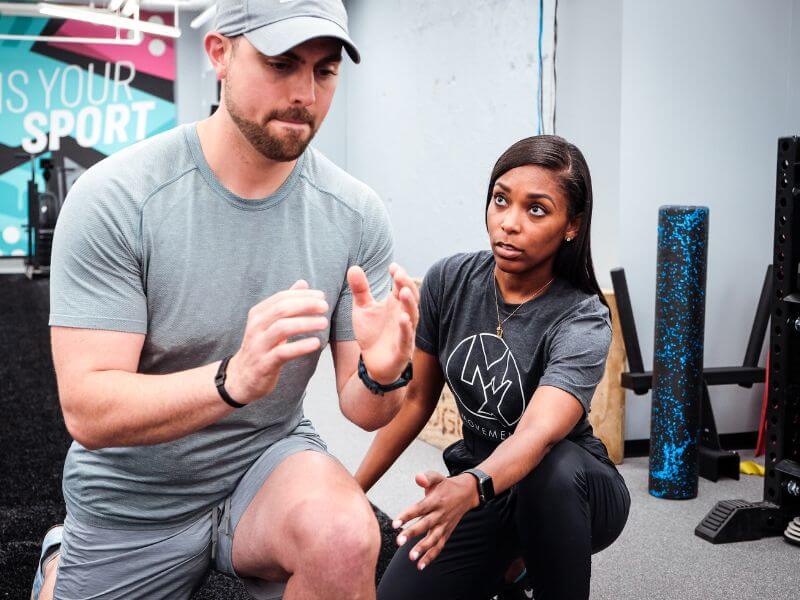
Don’t Neglect Your Mental Health
Post-surgery, it is common for patients to feel anxious, depressed, or suffer from insomnia. The decrease in mobility, loss of independence, pain, and medication side effects can attribute and affect your mental state. Try avoiding caffeine, getting plenty of rest, performing your physical therapy exercises, and practicing relaxation techniques. If feelings of depression or anxiety persist, speak with your doctor.
Don’t Drink or Smoke
Many patients recovering from surgery are given blood thinners or narcotic pain medication; if so, do not drink alcohol. Similarly, smoking also hinders your rehabilitation and slows down the healing process.
Don’t Over Exercise
It can be frustrating not being able to do the things that used to come so easily, but it is important to give your body proper healing time. Your doctors and physical therapists are there to work with you and help your body recover safely and effectively.

Conclusion
A slow and steady operation recovery schedule helps your body avoid injury and complications.
At MovementX, our physical therapists and personal trainers are highly specialized and carefully chosen experts who are deeply passionate about helping you achieve your movement goals. Learn more.


